The artist Paa Joe makes coffins. But these aren’t your standard-issue pine boxes—they are red snappers, Spalding basketballs, giant shoes. In the Ghanaian tradition of abeduu adekai (roughly translated, “receptacles of proverbs”), the dead are honored via figurative coffins that reflect the lives of those interred. A street vendor might be buried in a soda bottle, a gynecologist in a casket shaped like a uterus. In 2004, Joe veered from his typical fare and created thirteen large-scale models of the still-standing slave castles and forts on the coast of Ghana. These buildings served as processing centers for the more than six million people enslaved and sent to the Americas and the Caribbean between the sixteenth and nineteenth centuries. Seven of Joe’s sculptures are on view until February 24 at the American Folk Art Museum, in New York, for the exhibition “Gates of No Return,” named for the doors through which countless souls passed on their entry into forced servitude. “Nobody would be buried in a slave castle coffin,” Joe has said, but these miniatures signify death just the same, looming as reminders of the millions of lives lost to and the histories decimated by the slave trade.
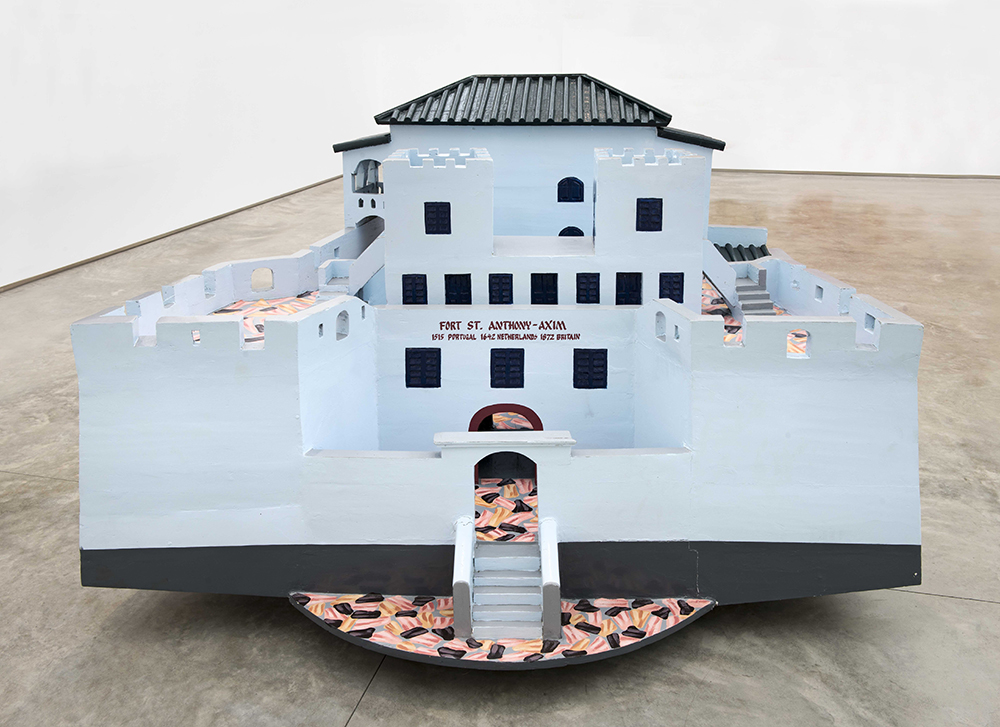
Paa Joe, Fort St. Anthony—Axim. 1515 Portugal, 1642 Netherlands, 1872 Britain, 2004–05 and 2017, emele wood and enamel, 48 1/2″ x 100″ x 84 1/2″. Courtesy of the artist and Jack Shainman Gallery, New York. Photo © Paa Joe.
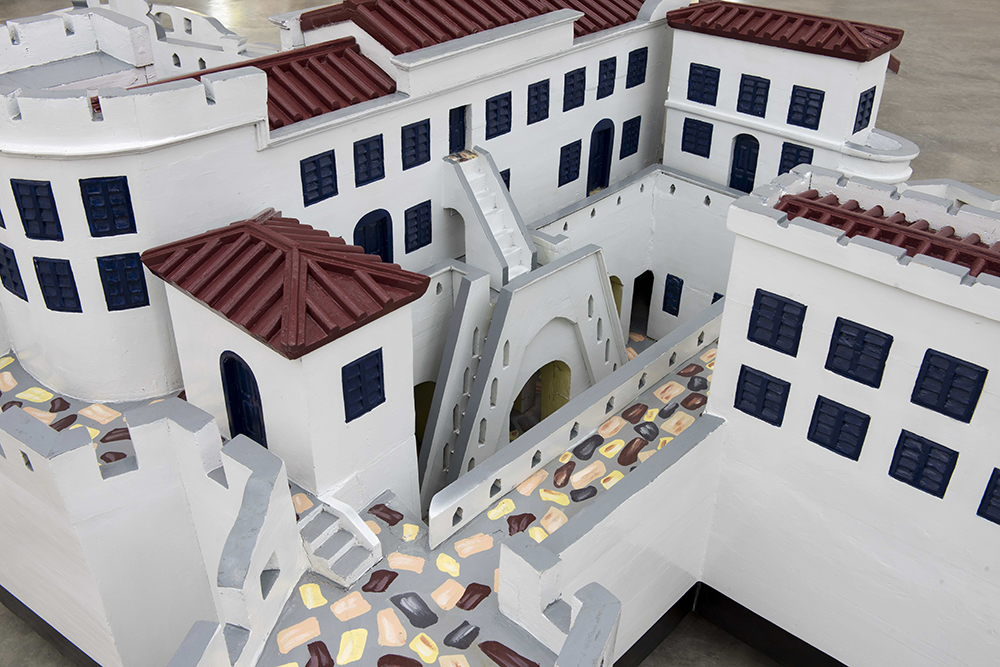
Paa Joe, Cape Coast Castle—Cape Coast. 1653 Sweden, 1665 Britain, 2004–05 and 2017, emele wood and enamel, 45″ x 133″ x 88″. American Folk Art Museum, gift in memory of Claude Simard. Courtesy of the artist and Jack Shainman Gallery, New York. Photo © Paa Joe.
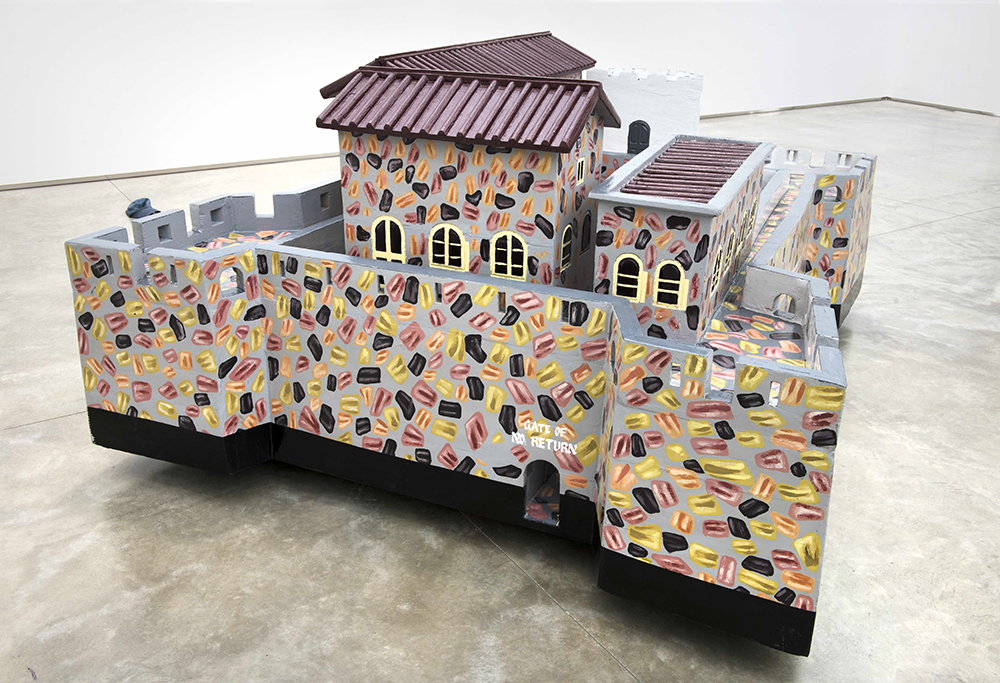
Paa Joe, [Fort] Gross-Friedrichsburg—Princestown. 1683 Brandenburg, 1717–24 Ahanta, 1724 Neths, 1872 Britain, 2004–05 and 2017, emele wood and enamel, 40″ x 100″ x 70″. Courtesy of the artist and Jack Shainman Gallery, New York. Photo © Paa Joe.
Paa Joe’s “Gates of No Return” is on view at the American Folk Art Museum through February 24, 2019.
from The Paris Review https://ift.tt/2BdaKUh
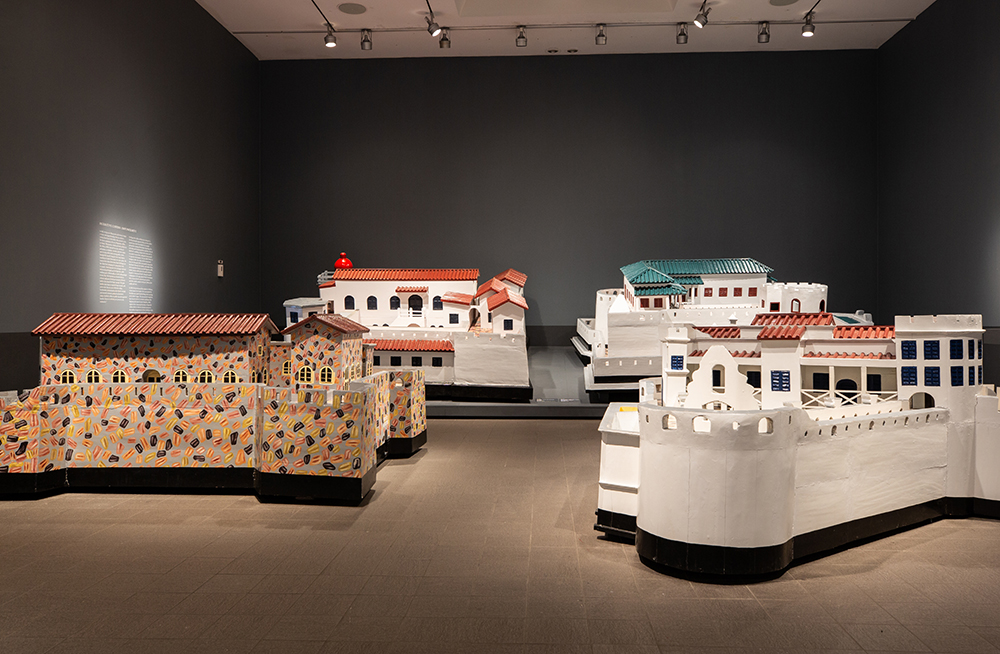
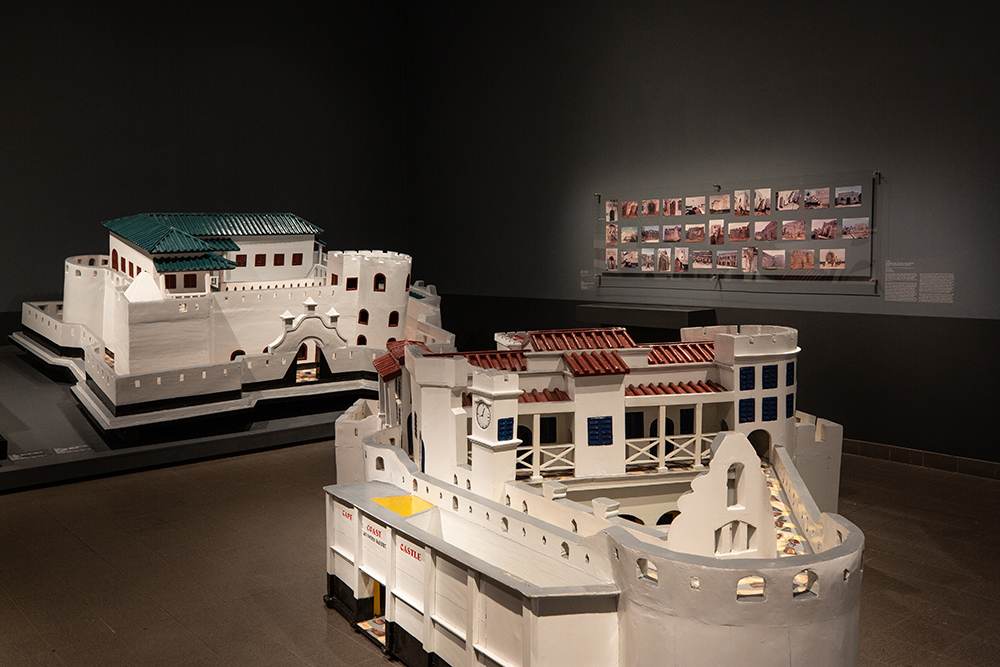
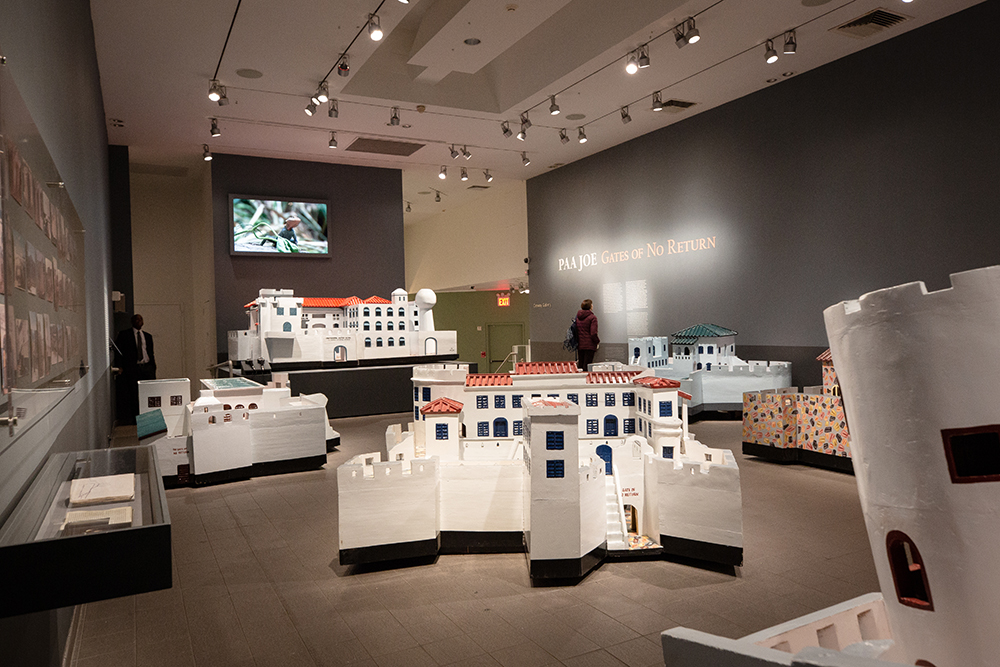
Comments
Post a Comment